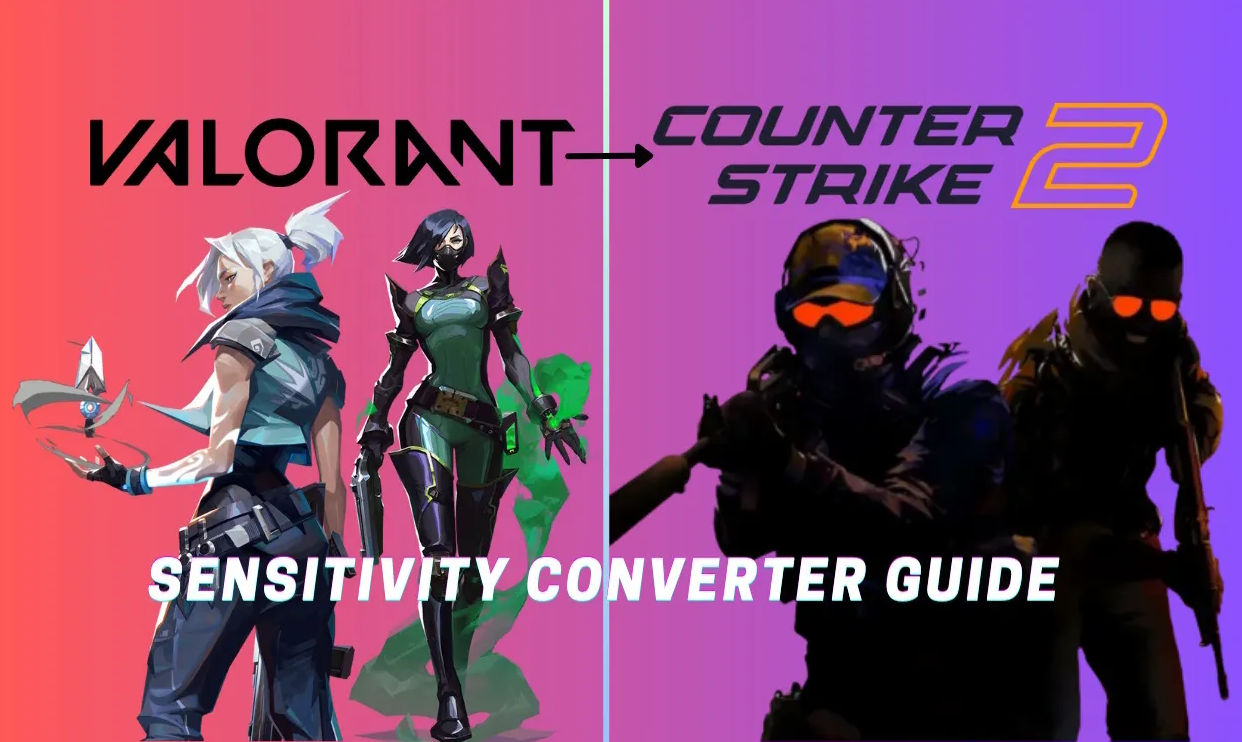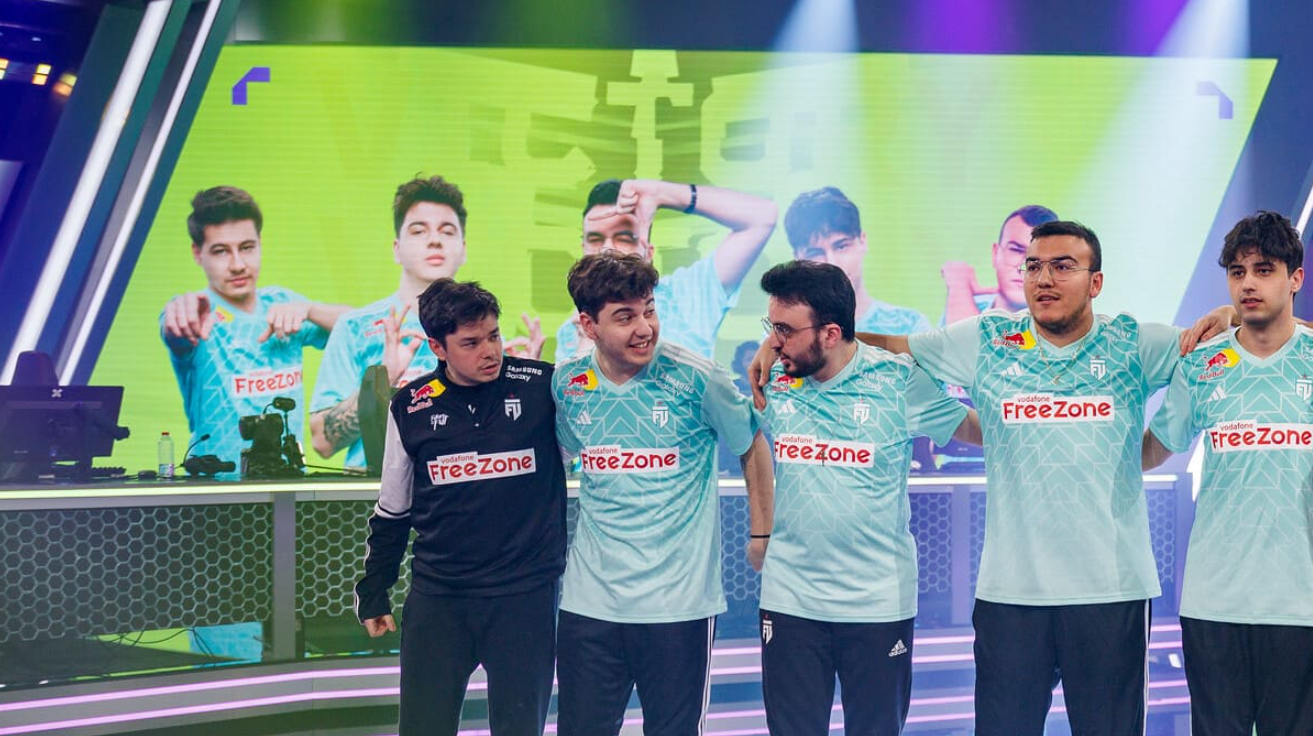Does Valorant have a rank decay feature?

In Valorant, your competitive rank is composed of two key elements: the rank division displayed and your hidden matchmaking rating (MMR). Unlike some other games, Valorant does not incorporate rank decay. This means that once you attain the Immortal rank, for example, you will not be demoted to a lower rank like Ascendant solely due to inactivity over a month’s time. However, it’s important to note that your hidden MMR operates differently. If you cease playing Valorant for an extended duration, your MMR will experience decay. Jonathan “EvrMoar” Walker, Senior Competitive Designer at Valorant, confirmed this on Twitter.
While your visible rank remains unaffected by decay, the matchmaking algorithm behind the scenes adapts accordingly. This implies that when you resume playing after a prolonged break, the algorithm will consider your decayed MMR to determine suitable opponents for you. It’s worth mentioning that the purpose of rank decay is to ensure that players maintain an active presence in the competitive ecosystem. By having a decay mechanism tied to MMR, Valorant encourages consistent participation and discourages rank boosting through brief bursts of activity. Therefore, while rank decay isn’t a feature in Valorant, the decay of your hidden MMR serves as a means to maintain the integrity and competitiveness of the matchmaking system.
Valorant does not implement rank decay, but your MMR (Matchmaking Rating) may decrease over time
MMR, or Matchmaking Rating, plays a significant role in determining the visible rank in Valorant. However, it is just one of several factors that contribute to your overall rank rating. Alongside MMR, your rank is influenced by your win-loss record, performance bonuses based on individual performance, and the round differential in matches. While Valorant does not feature explicit rank decay, there are mechanisms in place that can lead to a decrease in your MMR over time. This typically occurs when players take an extended break from the game or do not actively participate in ranked matches. When you are absent from the game for a significant duration, your MMR will gradually decrease. Jonathan “EvrMoar” Walker, Senior Competitive Designer at Valorant, shed light on this aspect by mentioning that your “variance” also increases during periods of inactivity. Variance, as explained by EvrMoar, represents the level of confidence the system has in your current MMR. A higher variance indicates a wider range of potential opponents and greater fluctuations in MMR gains and losses. It essentially reflects the uncertainty surrounding your appropriate skill level. When your variance is high, the matchmaking system is less certain about where you belong in terms of rank. As a consequence of the increased variance and lower MMR due to inactivity, players may occasionally encounter opponents who are two rank divisions above or below them. This wide range of MMR values results in a greater variation in skill levels among opponents. While this may lead to seemingly imbalanced matches, it is a result of the matchmaking system attempting to find suitable opponents within the available player pool.
The implementation of MMR decay and variance increase serves multiple purposes. Firstly, it allows players who have been inactive to quickly regain lost MMR if they return to the game and perform well. The decay mechanism provides an opportunity for players to readjust their skill rating based on their current performance. On the other hand, the increased variance helps prevent potentially rusty or out-of-practice players from negatively impacting their teammates’ experience by matching them with players who are still actively engaged in the game. It is worth noting that the decay in MMR due to inactivity is relatively small in Valorant. The game’s developers utilize data and machine learning techniques to understand the rate at which a player’s skill may decline over time. They also impose limits on the extent of MMR decay to ensure that it does not disproportionately affect players. The goal is to strike a balance between providing opportunities for skill recovery and maintaining a fair and competitive matchmaking environment. The absence of strict rank decay in Valorant is a deliberate design choice aimed at preventing unnecessary rank loss due to inactivity. By utilizing MMR decay and variance adjustments, the game aims to accommodate players who may take breaks without penalizing them too severely. This approach acknowledges that skill levels can fluctuate, and it allows players to ease back into the game without being unduly punished. As with any game system, the developers at Valorant are continuously monitoring and refining the MMR decay and matchmaking algorithms. They strive to improve the accuracy and responsiveness of the system based on player feedback and data analysis. The goal is to create a balanced and enjoyable competitive experience that rewards active participation while accounting for real-life circumstances that may result in temporary breaks from the game.
In conclusion, while Valorant does not employ traditional rank decay, the game does incorporate mechanisms that can lead to a decrease in MMR over time. The absence of rank decay is balanced by the inclusion of variance adjustments, which accommodate skill recovery and prevent matches with significantly mismatched opponents. The implementation of these mechanisms aims to strike a balance between maintaining a competitive environment and providing flexibility for players who may take breaks from the game. The developers are committed to refining and enhancing the system to ensure a fair and enjoyable competitive experience for all players.



